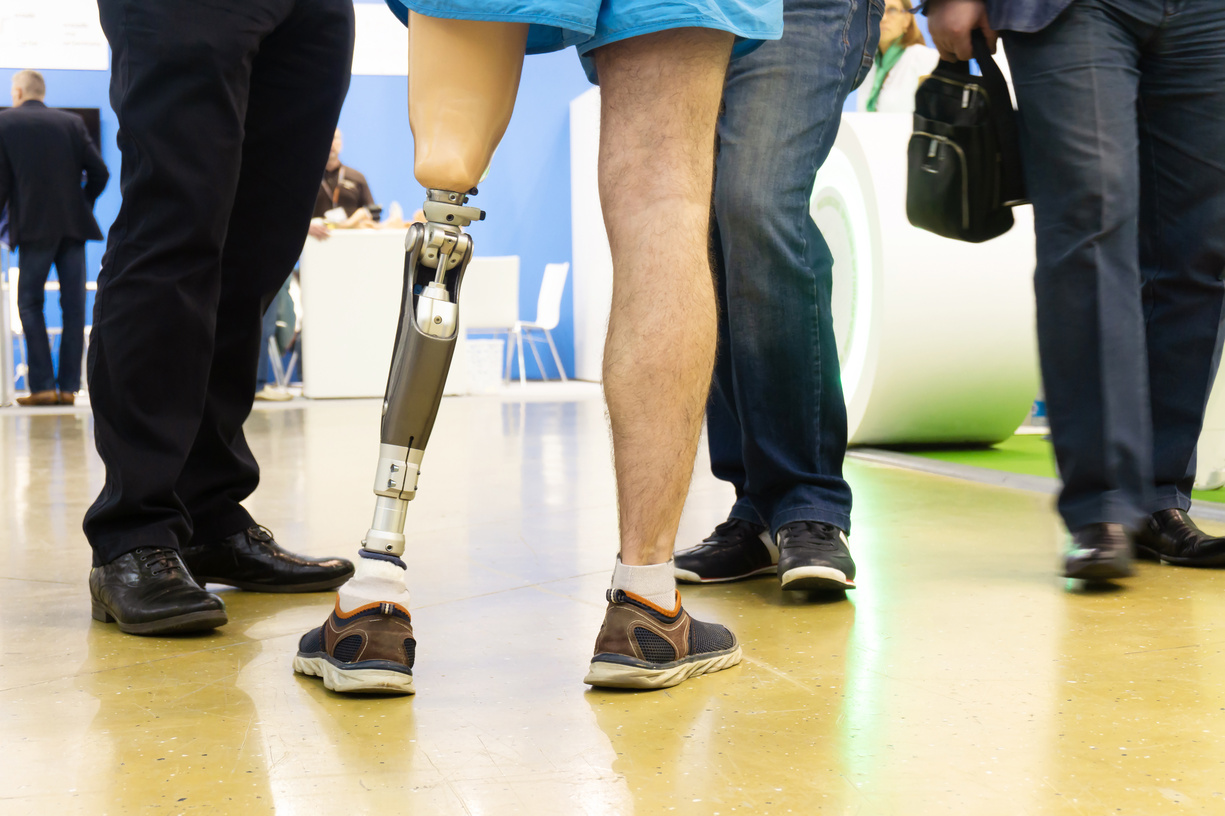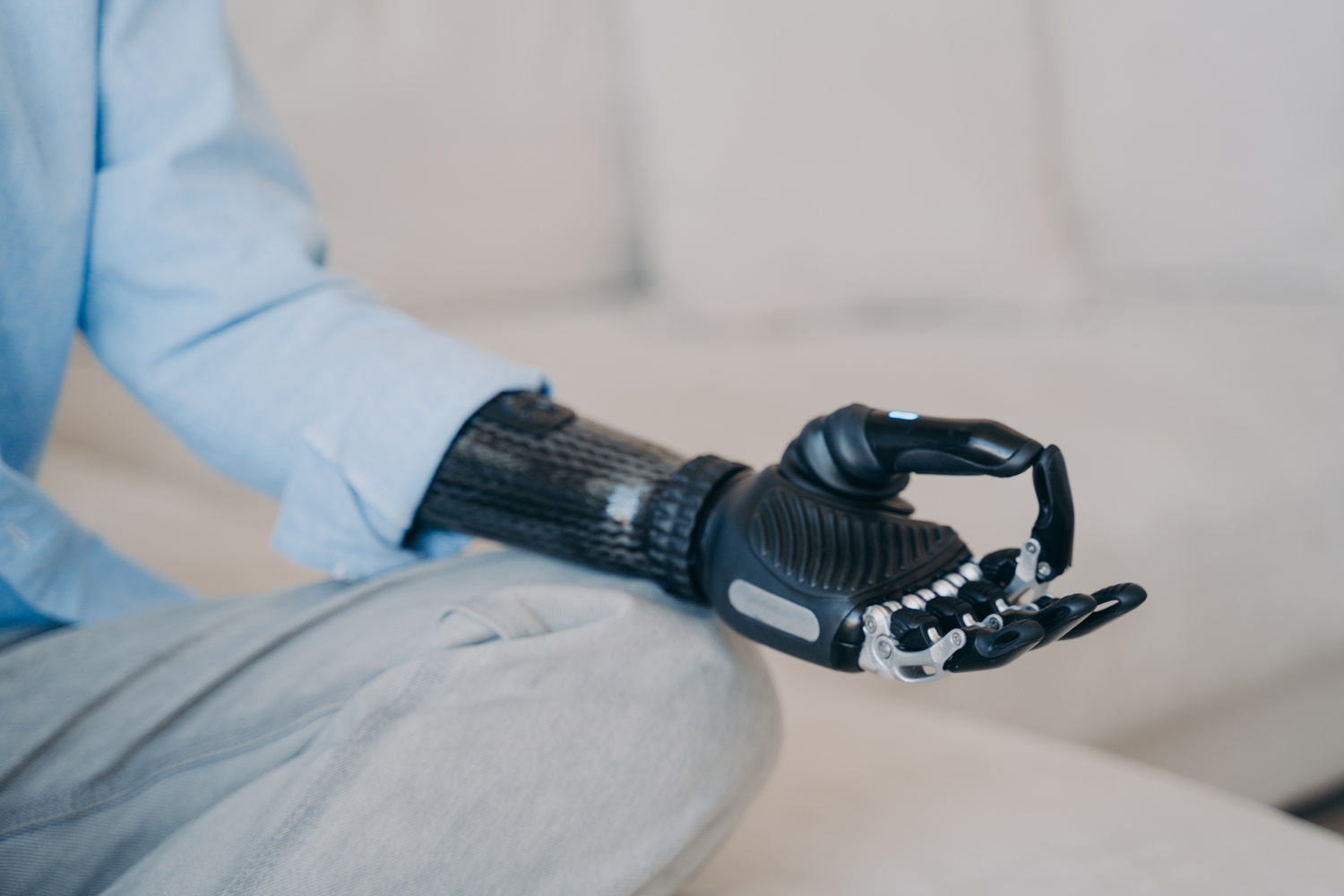
Orthopedics and Robotic Prosthesis Surgery
Our doctors use robotic hip replacement to treat conditions that cause hip dysplasia, rheumatoid arthritis, developmental hip dysplasia, hip collision syndrome, and severe joint injury. The purpose of surgery is to relieve pain and improve mobility.
The most important element of hip replacement in terms of pain, function and recovery is surgical technique. Precise surgical techniques to limit soft tissue damage are key to rapid recovery. Precise bone surface preparation with a customized biomechanical reconstruction of the hip determines the function, comfort, and longevity of the implant. Robotic surgery techniques allow surgeons to remove as much bone as they need. The robot system also ensures that new replacement parts are oriented at different correct angles for each patient.
In total hip arthroplasty, the surgeon needs to remove the damaged bone and cartilage and replace it with a synthetic material that can affect the length of the limbs. Robotic and computer-aided tools help restore leg length and maintain comfort and walking.







